From the 18th to the 19th centuries, “common cut nails” were the go-to choice for an assortment of tasks that involved construction, carpentry, and shipbuilding. Crafted by hand, these nails have also acquired a few other names such as “square cut nails” and “hand-wrought nails” throughout time.
Once a piece of iron was heated in a forge to the perfect temperature, it was then slid into a nail cutter that had a specifically shaped aperture. This gave the iron the exact form a nail should take. Following this, the iron was placed into an upsetting block that included a hole that was slightly smaller than the resultant nail. Hammering the iron through this opening created a head on either side of the nail, completing the process.
After being heated to their working temperature, the nails were submerged in a bucket of cool water – providing an agreeable respite and thus rendering them ready for further use.
For numerous uses around the house, from construction to carpentry and even shipbuilding, it was common practice to utilize cut nails. These nails held pieces of wood together firmly, like boards and beams, as well as frequently fastening roof shingles and exterior walls.
Handcrafted common cut nails came in a variety of sizes and could reach lengths of up to four inches. In general, three inches long and half an inch wide proved the most popular measurements.
Made of iron, these nails were known for their strength but posed a potential problem: rust. To counter this threat, whiting was usually applied to the nails to envelope them in a white powder derived from limestone. In some cases, simply painting them would suffice.
During the 18th and 19th centuries, common cut nails were the norm; however, their reign came to an end in the late 19th century when they were supplanted by machine-made nails. These more uniform and affordable nails were far more readily available than their cut counterparts.
Although common cut nails are no longer produced for use, they have not entirely disappeared. Many antique furniture restorers and hobbyists make use of them, while some lucky folks can even locate them in certain hardware stores.
Related Product
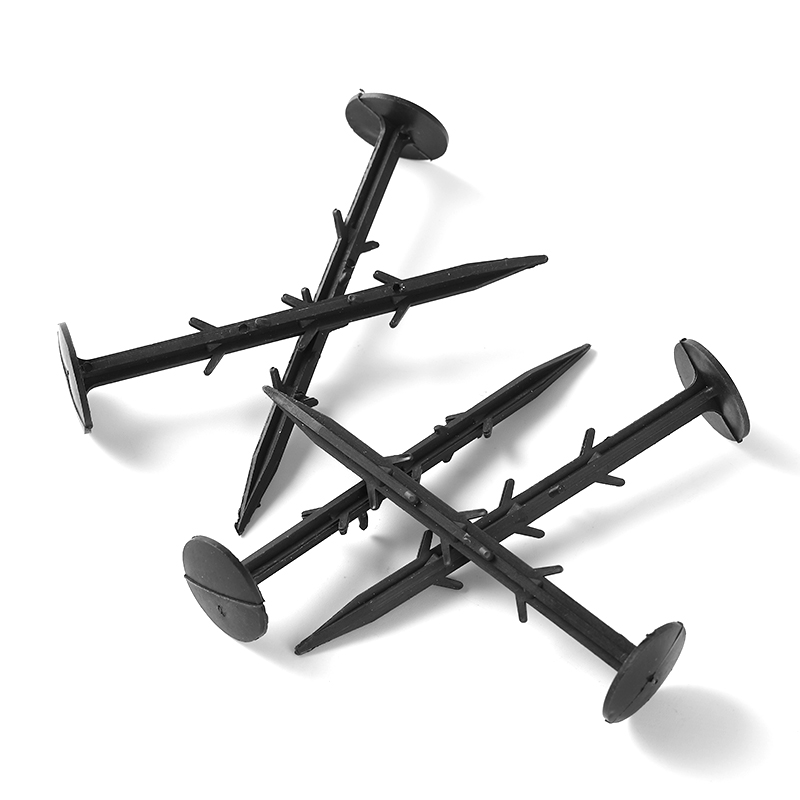
Garden Nail
Product Information: Black or yellow color plastic ground pegs are used for fix the ground cover or woven fabric or fleece on the ground. Material: Virgin PP OR PP +UV stabi […]
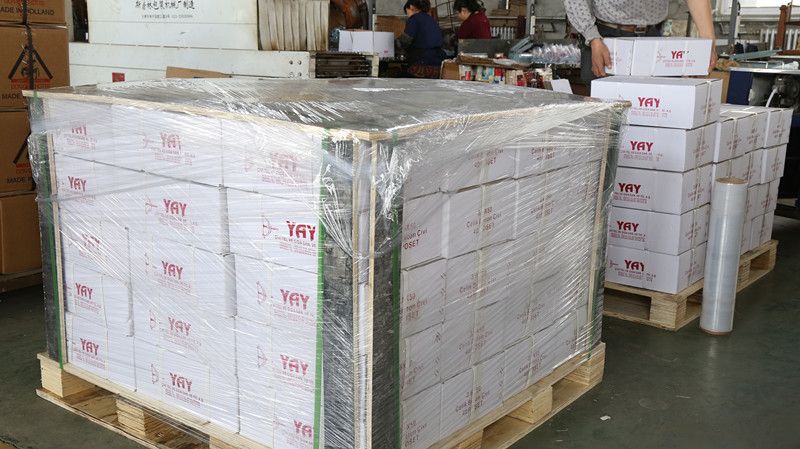
Black concrete nail
concrete nail with special materials, concrete nails are specialty nails compared with common iron nails. It is harder, the shank is short and thick commonly and it has excellent p […]
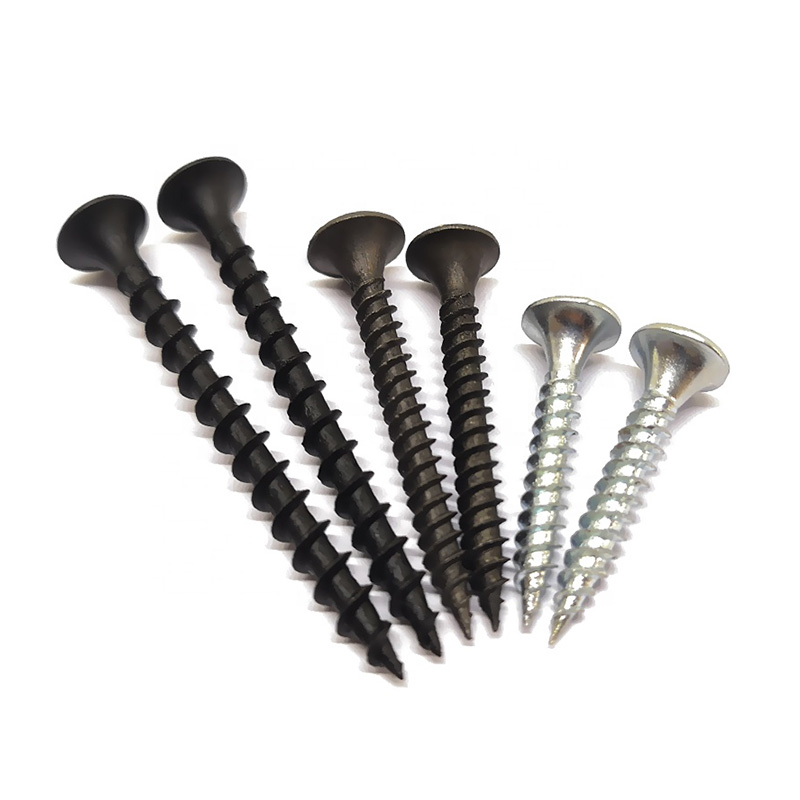
Drywall Screw
Product Information: Product Name Screws Drywall Nail Material Carbon steel C1022a Color Black,Galvanized Standard ISO,GB,DIN,JIS,ANSI,BSW Diameter M3.5-M6.3, 6#-14# Length […]
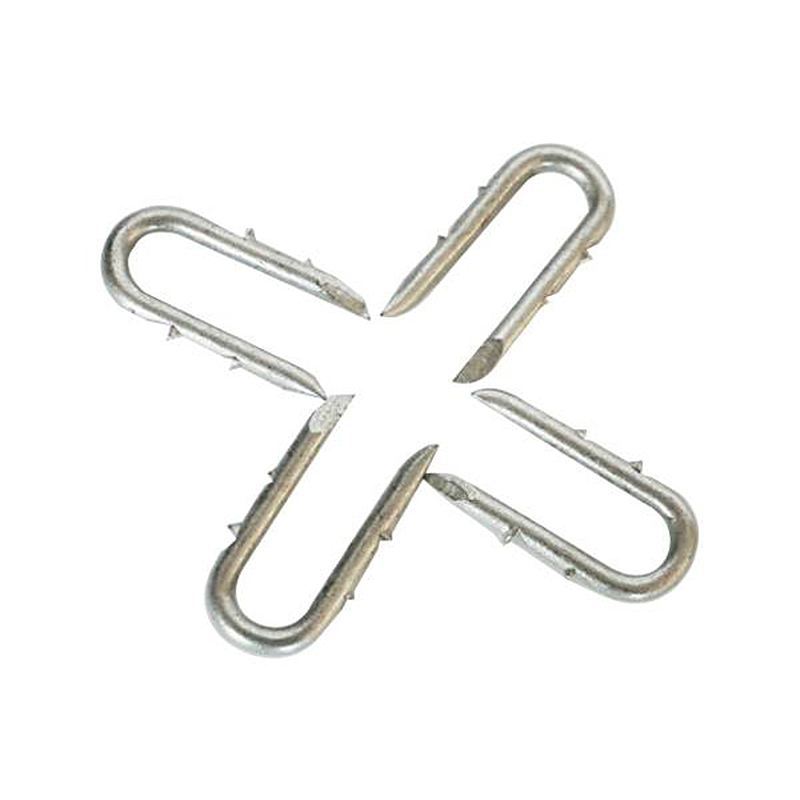
Fence U Nail
Product Information: U TYPE NAIL 1.material: Q195/Q235 Low Carbon Iron Rod 2.shank: smooth shank, single barbed shank, double barbed shank and others 3.Point: side cut point or di […]
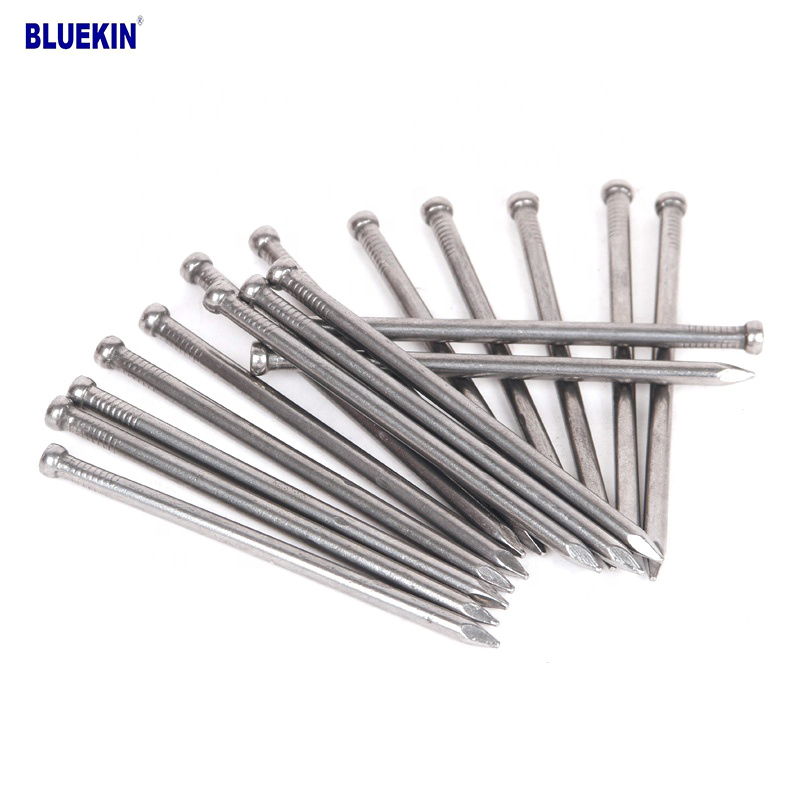
Headless Nail
Product Information: Cheap Lost Head Nails/ Headless Nails/ Finishing Nails Price Material Q195 or Q235 iron wire rod or according to request Size 1″ – 6″ Finish Polished or […]
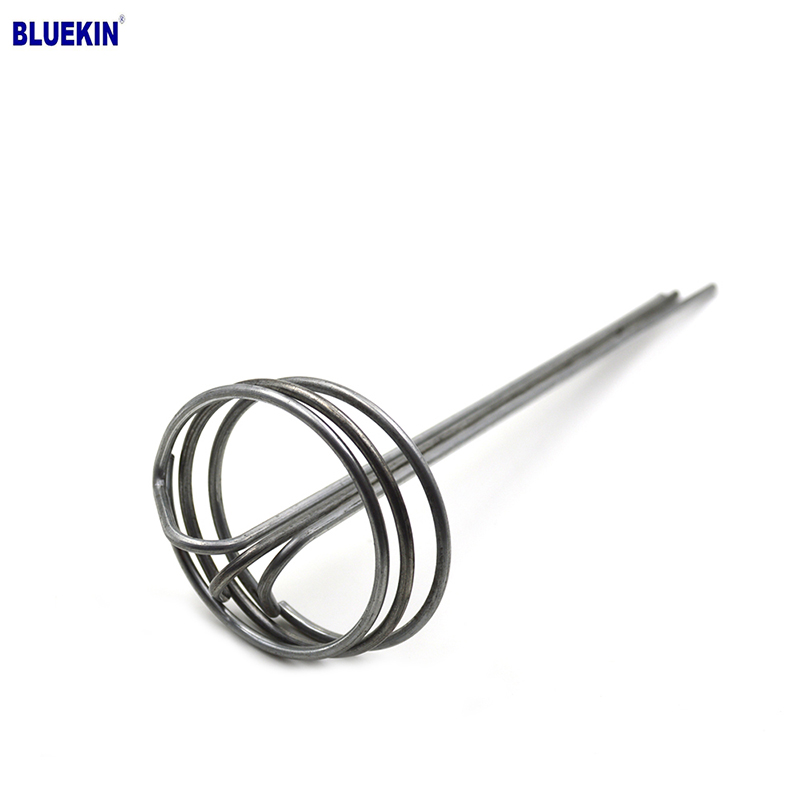
G Sod Staple
Product Information: Product name Sod Staple Material: Q195 /Q235 Size: 3/4X14GA, 3/4X9GA, 7/8X14GA, 1X9GA, 1-1/4X9GA, 1-1/2X9GA, 1-3/4X9GA Type: Round head with smooth shan […]
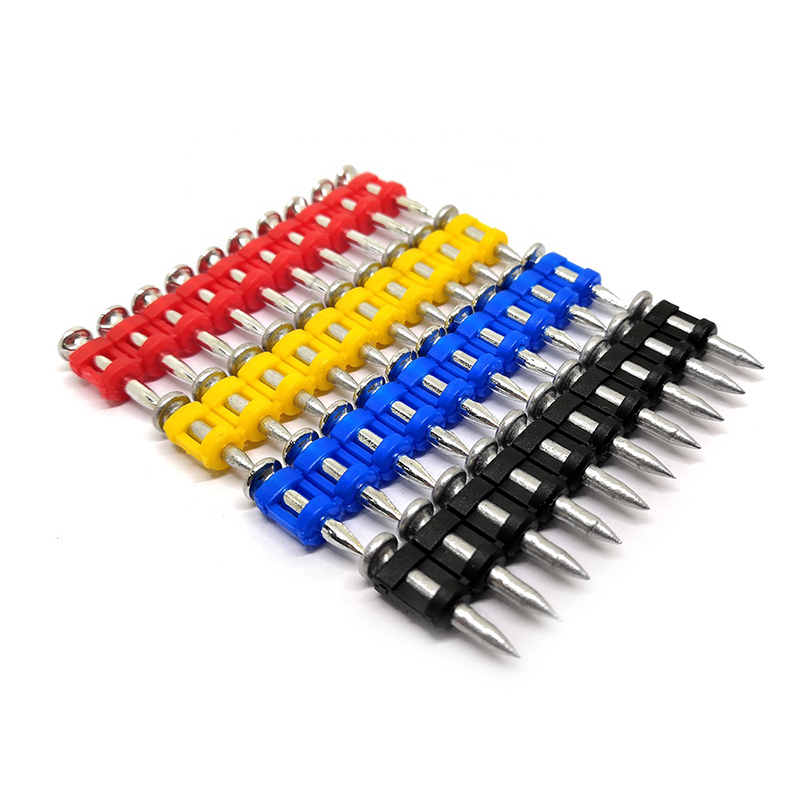
Shooting Nail
Product Information: GAS CONCRETE PIN NAIL raw material steel#45,#60 diameter 2.6mm,2.7mm,3.0mm,3.2mm length 13mm,16mm,19mm,22mm,27mm,32mm,37mm shank smooth shank & shri […]
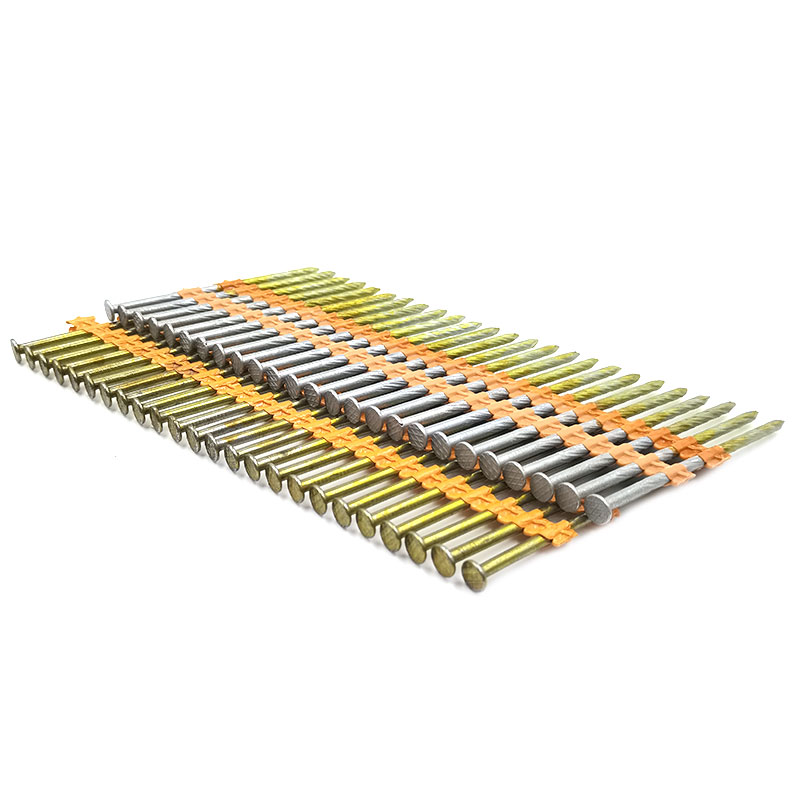
Plastic Strip Nail
Product Information: Diameter/mm(±0.05mm) Length/mm(±1.5mm) 2.87 50/60/65/70/75 3.05 70/75/83/90 3.33 75/83/90 3.76 75/90/100/130 4.11 75/90/100/130 4.5 75/90/100/130 Featur […]
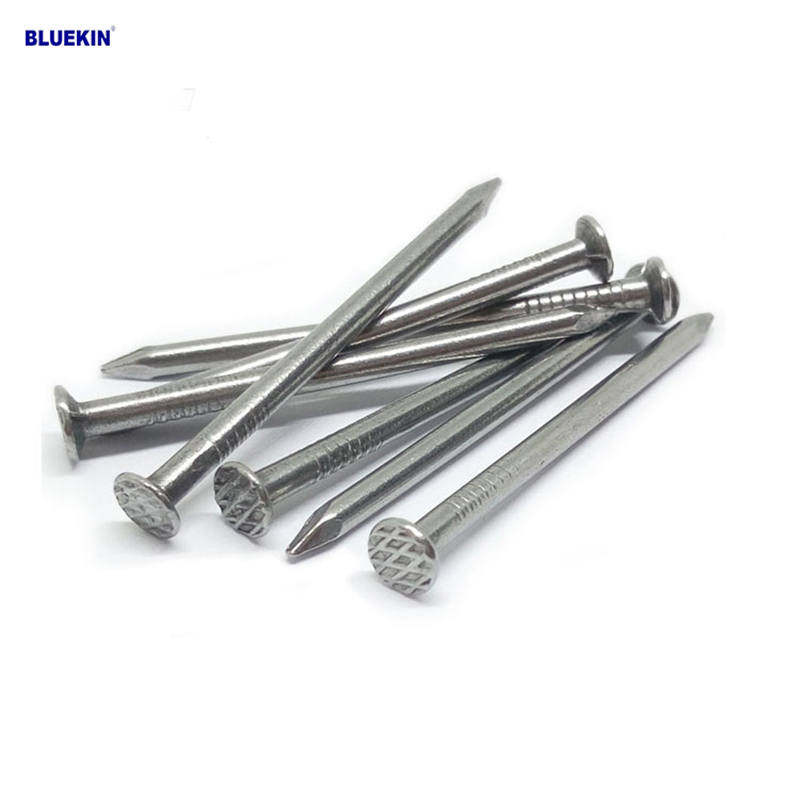
Common Nail
Product Information: Common Nail Material Q195, Q235 Shank diameter 1.2mm-10mm Length 19mm-300mm Finish polish/bright, electro galvanized, hot dip galvanized Head flated he […]